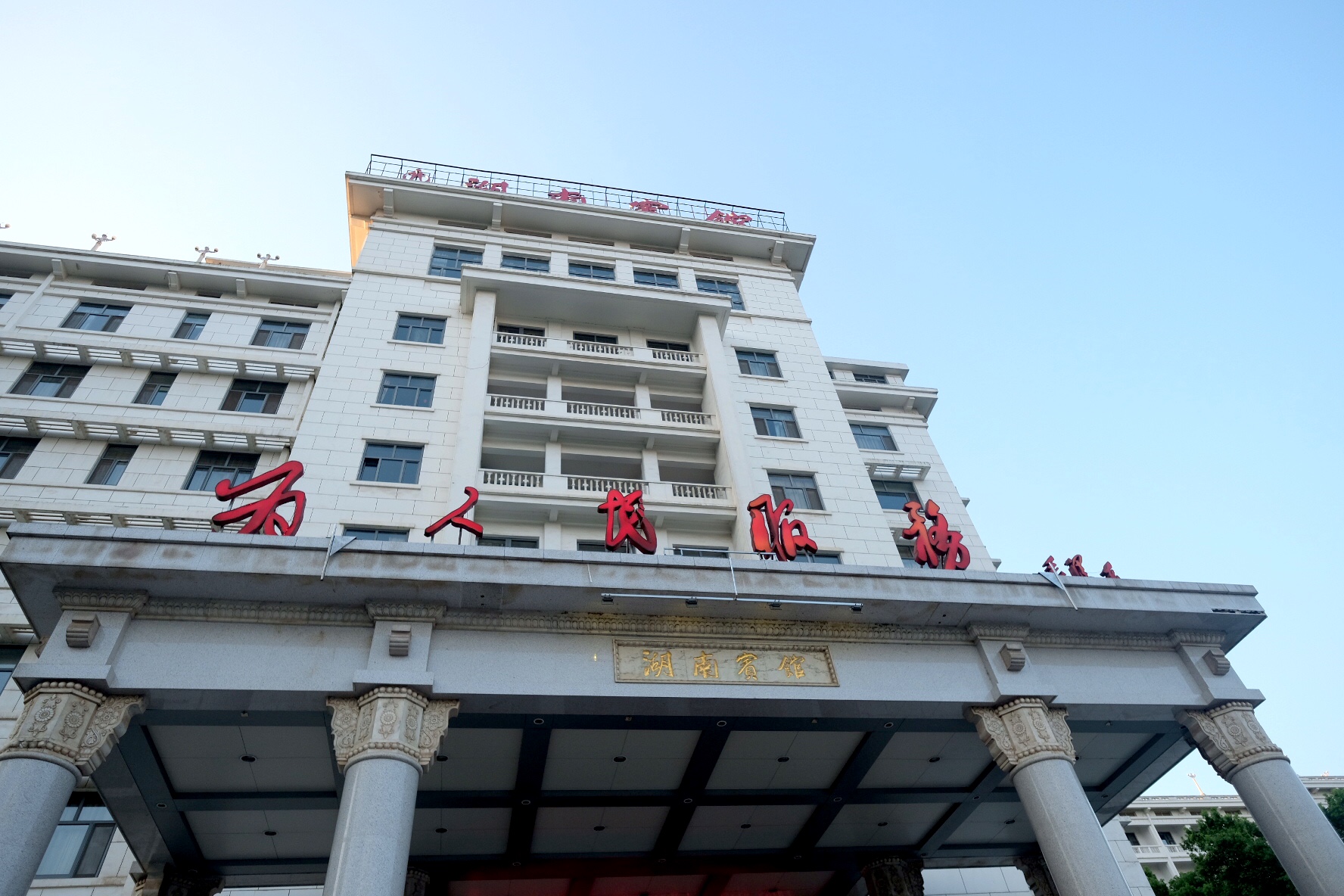I spent a few days in Changsha because I went to the ChinaVis 2016 conference.
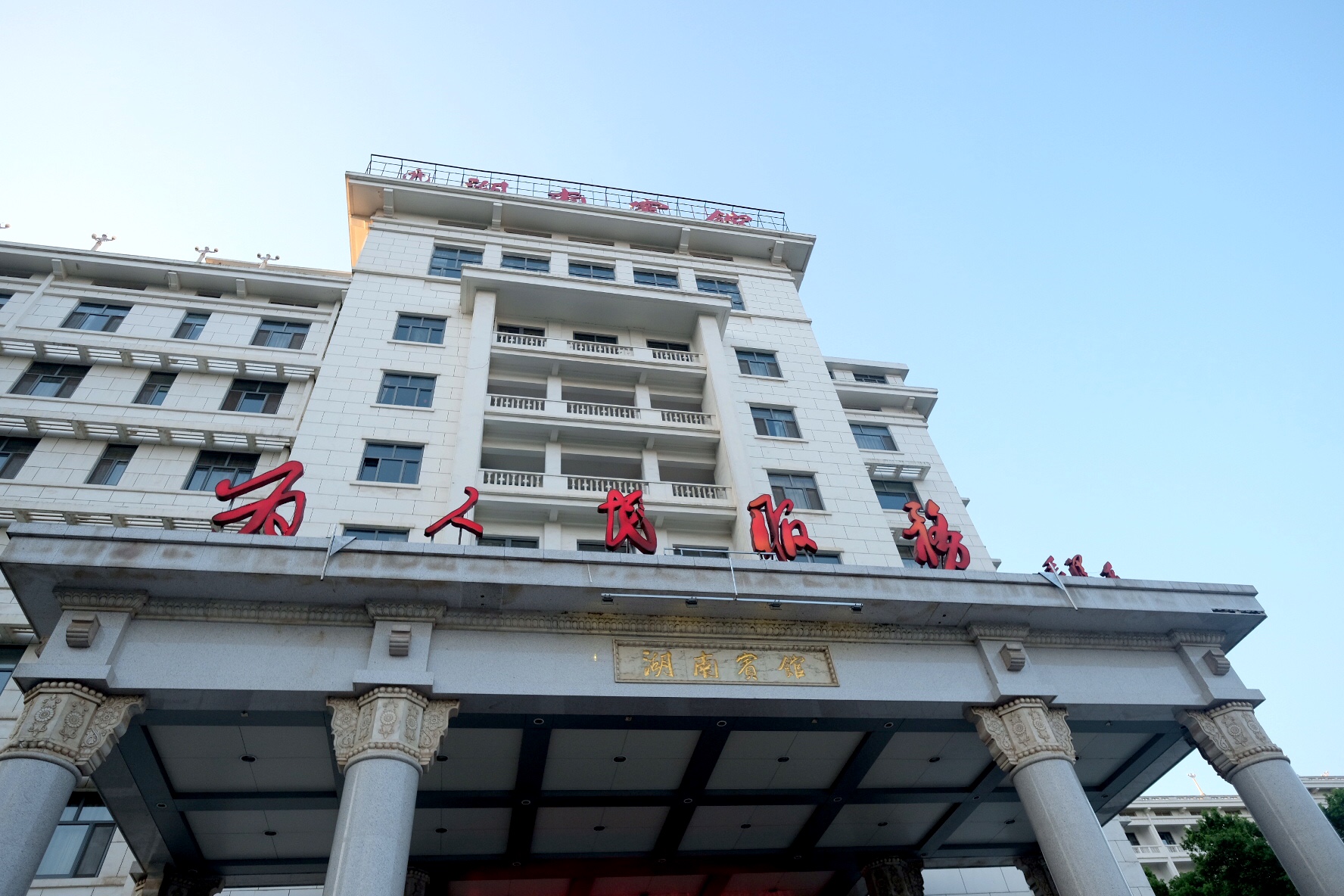
My hotel was named after the provincial capital and has all the signs of a place that hosts government officials. The hotel conference hall doesn't even have wifi. Not cool.
Accent
Hunan dialect is a real hoot. Mandarin doesn't seem to have caught on much in this city—all you hear on the streets is Hunanese. After getting off the high-speed rail, I hailed a DiDi( Chinese version of Uber). The driver's first call left me completely baffled. He couldn't tell the difference between "hu" and "fu," so it took me forever to figure out where he was waiting. And get this: Changsha dialect is apparently a bit different from Hunan dialect.
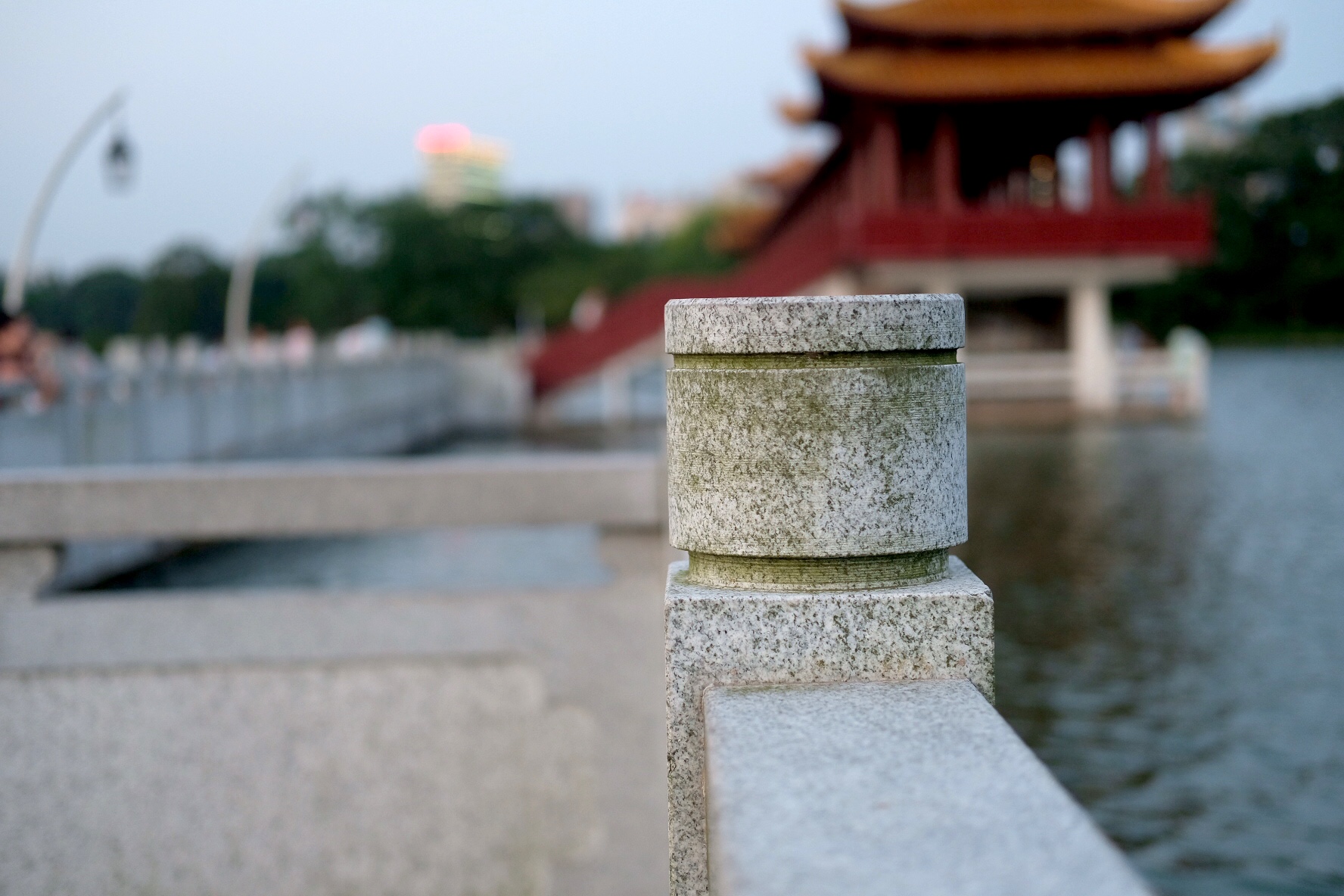
There's a lake near the hotel, and there were still quite a few people there in the evening.
Eater
Spicy! Nothing beats a bit of spicy food. For someone from the south of the Yangtze River, any level of spiciness below extreme is acceptable. The spiciness in Hunan cuisine is the kind that hits you hard with the first bite. But when you take the second bite, you still want more. It's the kind of fiery flavor that warms your soul.
Went to several restaurants and noticed a minor detail. There, they like to use a Stanley vacuum flask to serve rice. I was puzzled. Is it because it's more convenient? The rice that they serve isn't the type I like; it's a bit sticky. Since it's served in a Stanley vacuum flask, the rice clumps together, making it a bit hard to eat. I searched online to see if there's a historical reason for this, but I couldn't find anything. I'm guessing it's just for convenience.
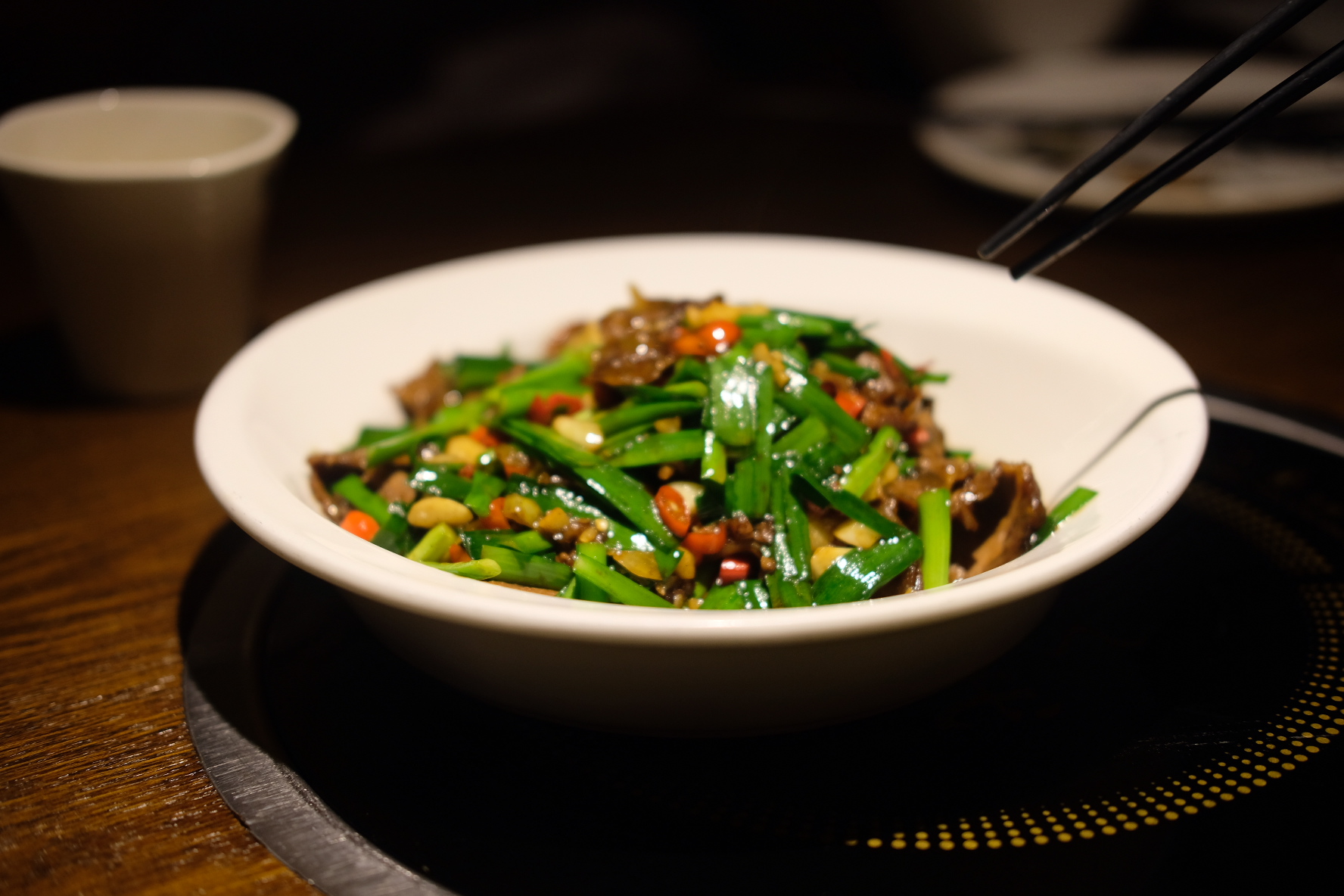
Stir-fried beef with chives, very spicy, very fragrant
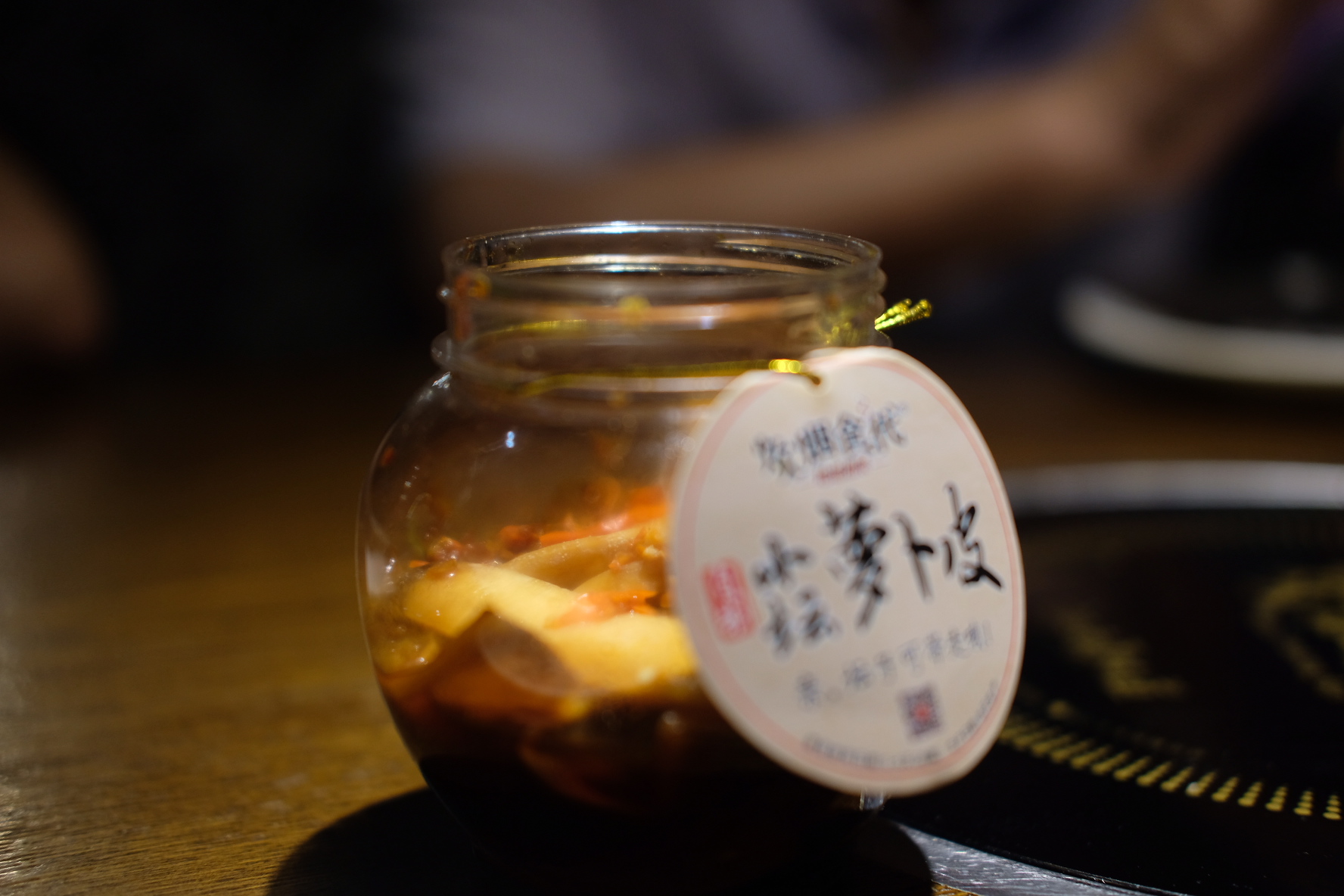
This restaurant is said to have a high rating on Dianping(Chinese version of Yelp), and it is relatively affordable.
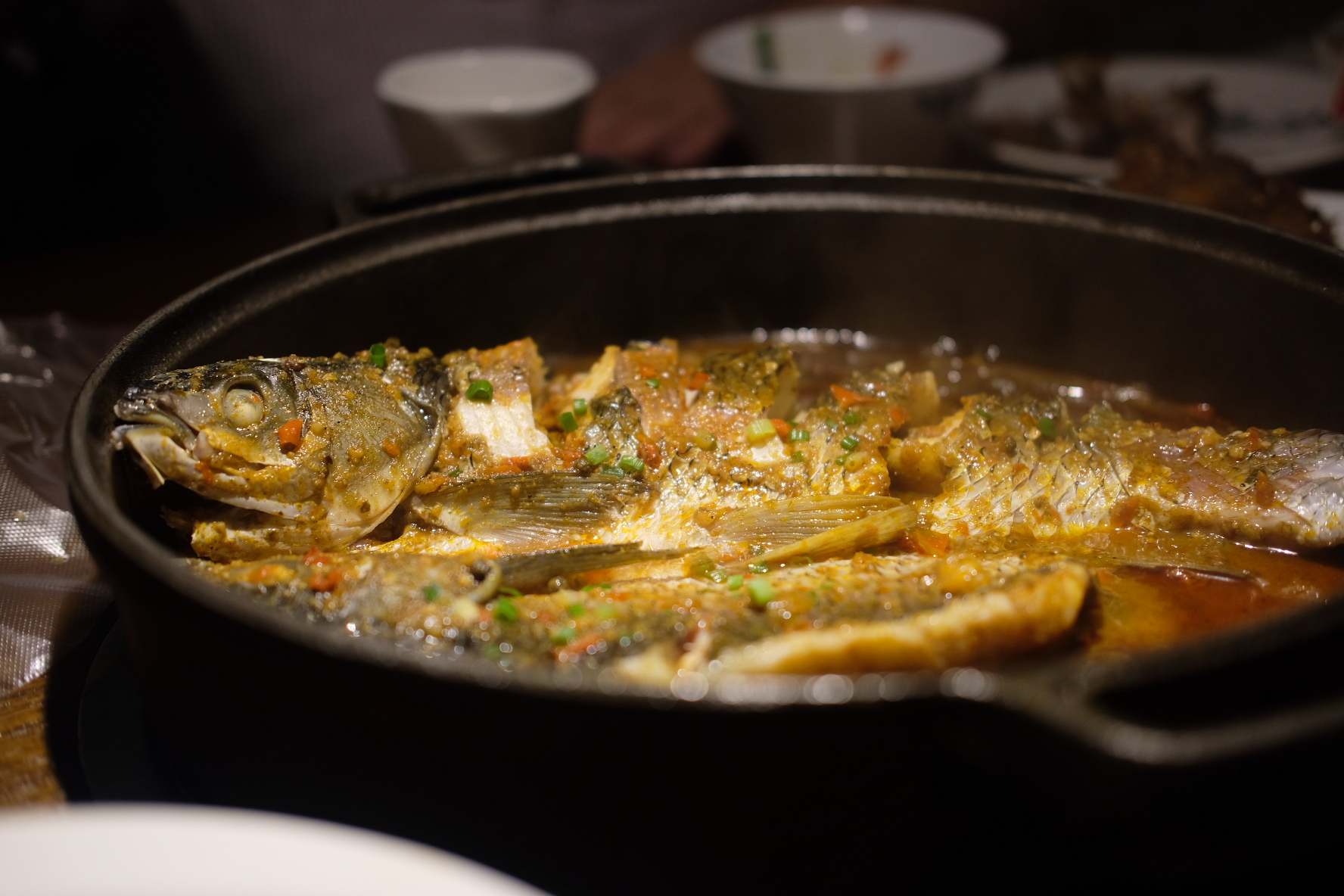
Grass carp is also very spicy
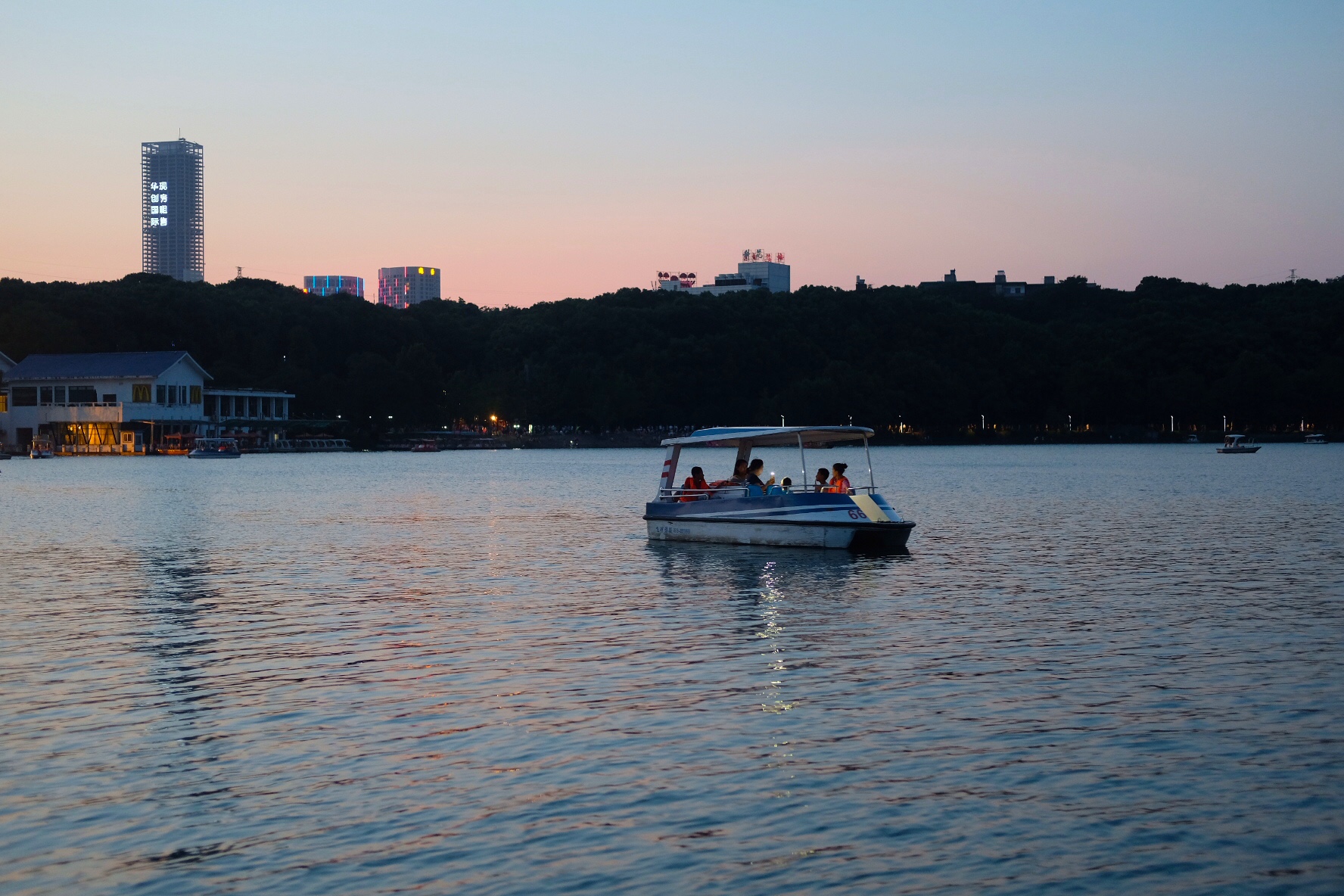
On the third night, we went to a snack shop that is said to be one of Changsha's oldest, Huogongdian. To be honest, the snacks in Huogongdian are indeed a little expensive, but if you don't order big dishes like "lobster", it's still acceptable. Oh yes! Never order seafood! As for the reason, the seafood in the inland is not that good. A kid from Wenzhou who went with me gave it a bad review. The stinky tofu near Huogongdian is pretty good. But note that it's nearby, not in Huogongdian~
Architecture
Changsha is also a city that combines the old and the new, where you can clearly see old houses and skyscrapers. On several old buildings, I saw some purple bricks and tiles. It's rare to see purple tiles, so I looked it up again, but still couldn't find an answer. Hahaha
Checked the housing prices around the hotel, about 5000 per square meter. Suddenly had the thought of settling down here, then the grown-up at home told me to go by myself. Helplessly, the desire was instantly shattered, haha.
As I glanced at some of the buildings at night, I saw a lot of lights. It suddenly struck me as reminiscent of the Hangzhou G20.
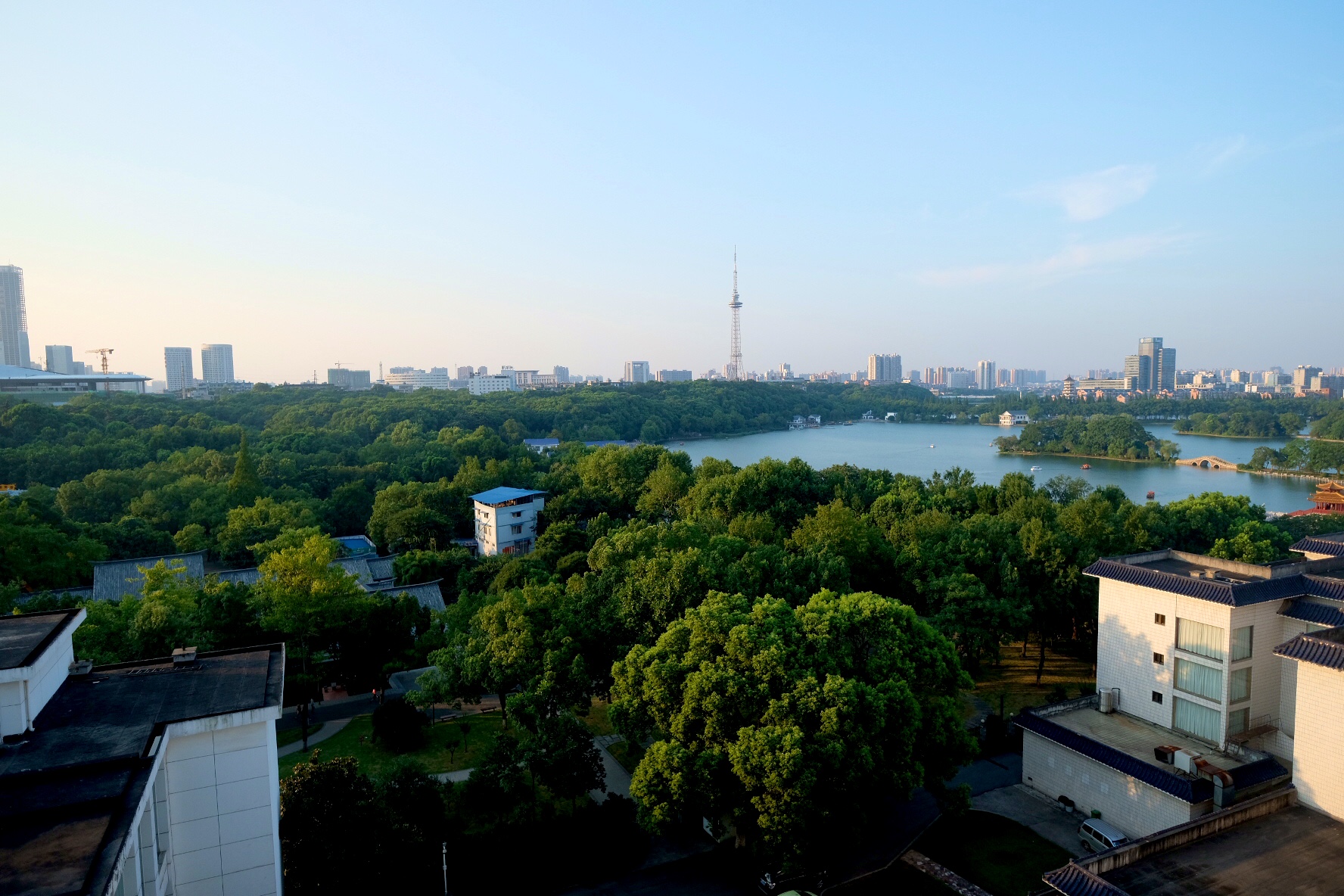
Changsha seems to be a smog-free city

Housing prices seem to be as low as $5000
Life
Take a few steps and you'll see loads of foot massage parlors, giving the impression that this is a city with a vibrant nightlife. In the evenings, there are many people strolling or dancing in the parks. One interesting sight was three groups of elderly women dancing in the same spot, each to different music. What I found puzzling was how the aunties were able to keep up with the different rhythms. Perhaps because our accommodation was in a more remote area, it took us a long time to find a supermarket in the evening. After walking for 3 or 4 kilometers, we finally found one. Nevertheless, it was a nice experience to get a taste of the slow-paced life in Changsha.
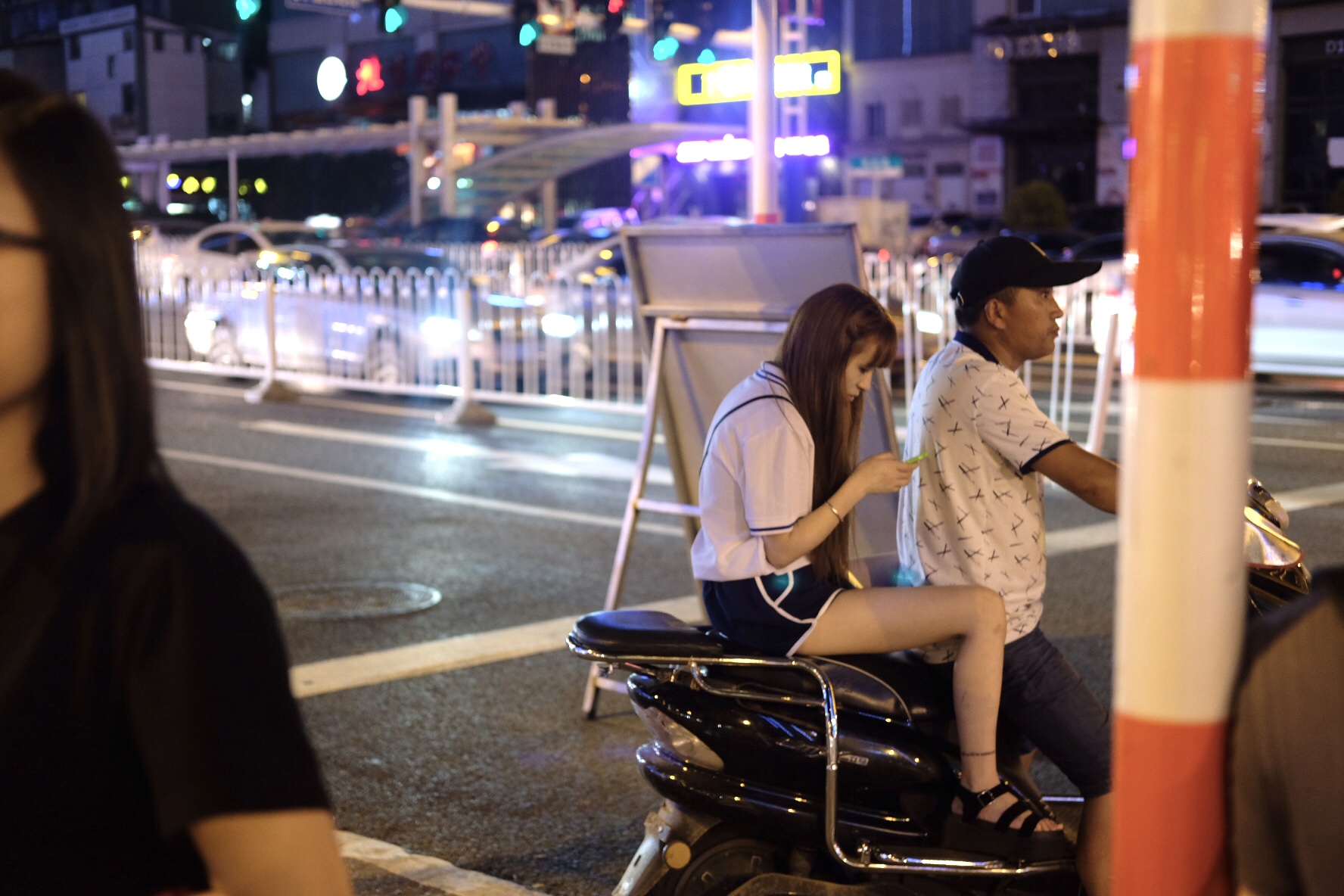
It doesn't seem to match, is it a motorbike?
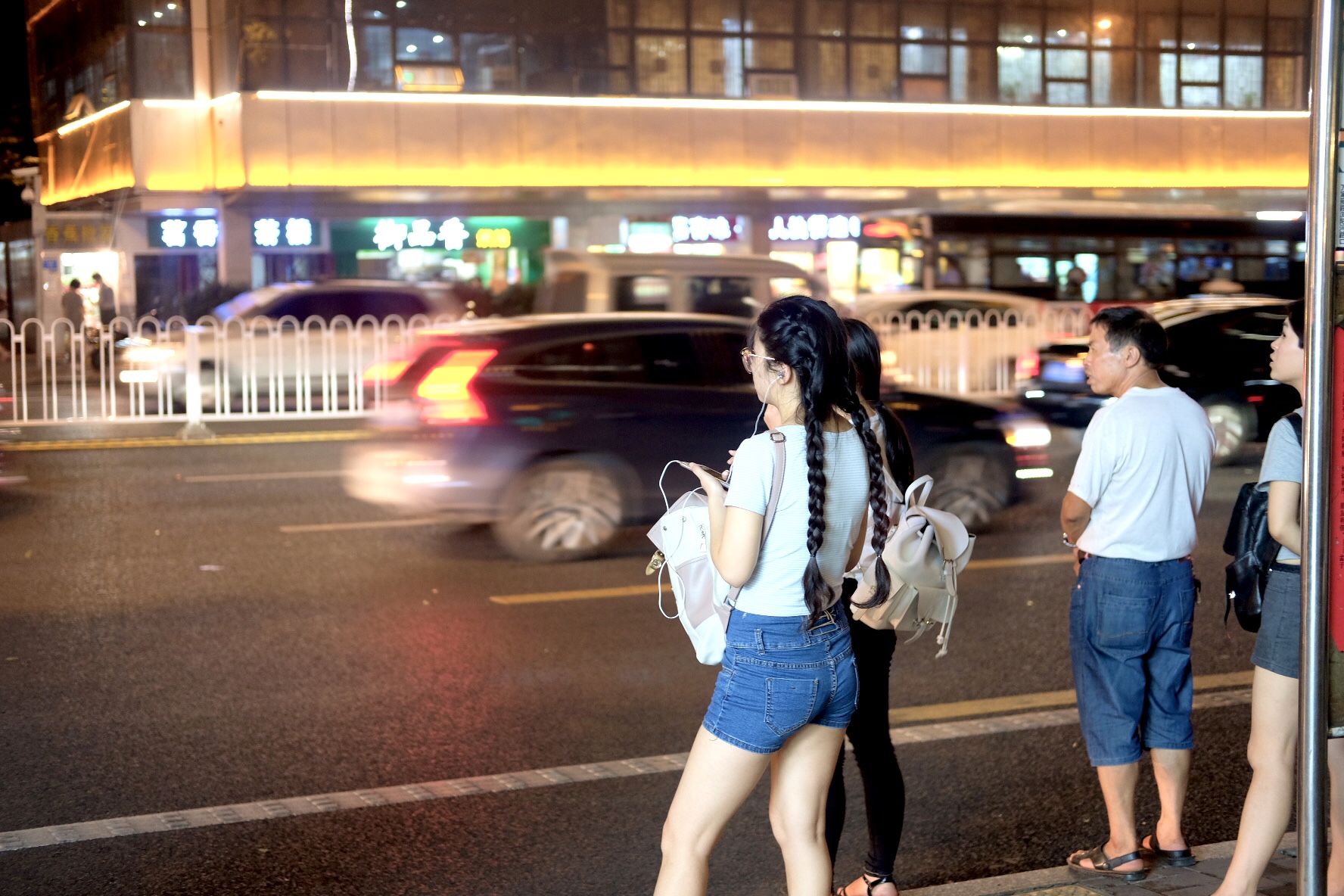

In the evening, many buildings still have light shows going on.
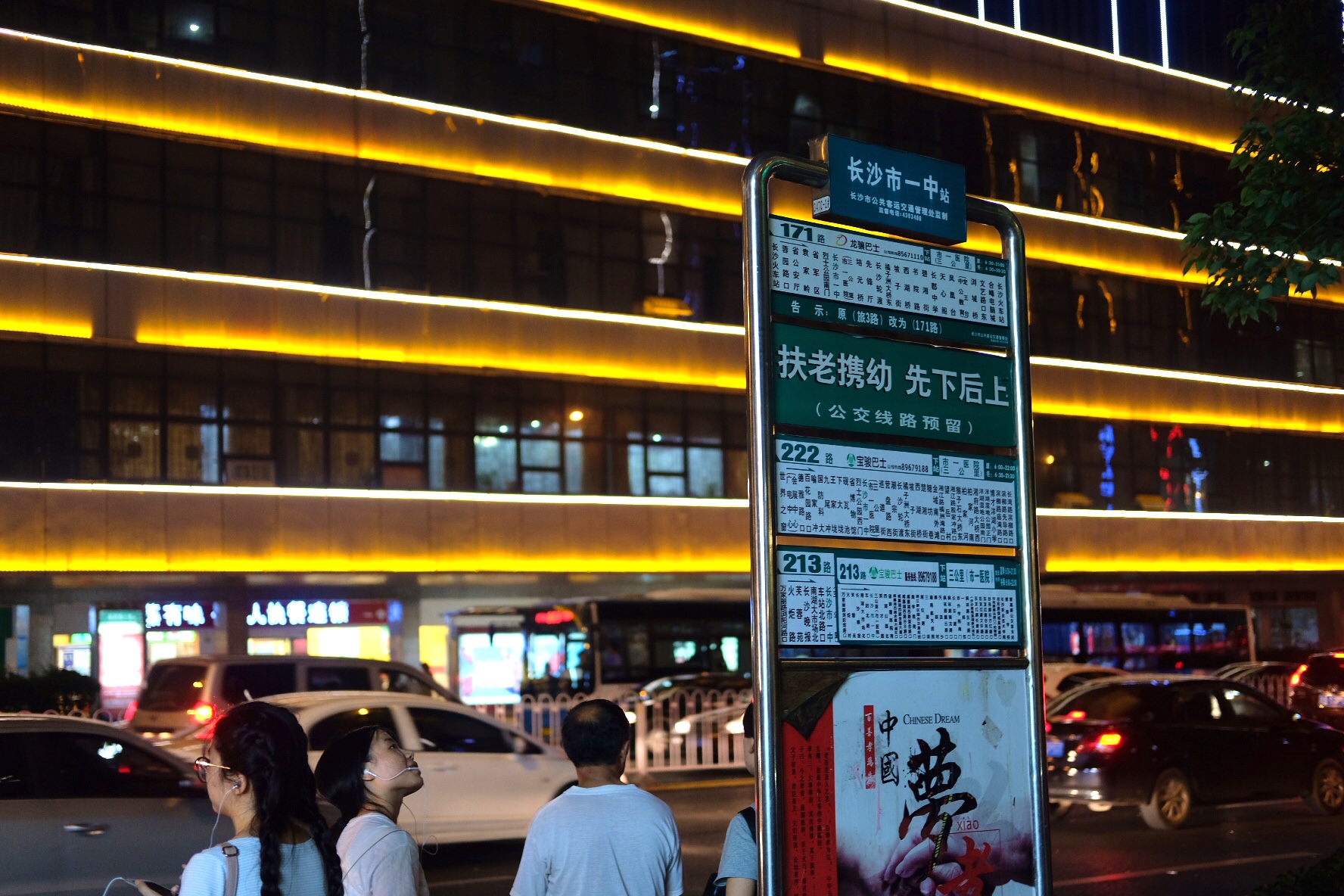
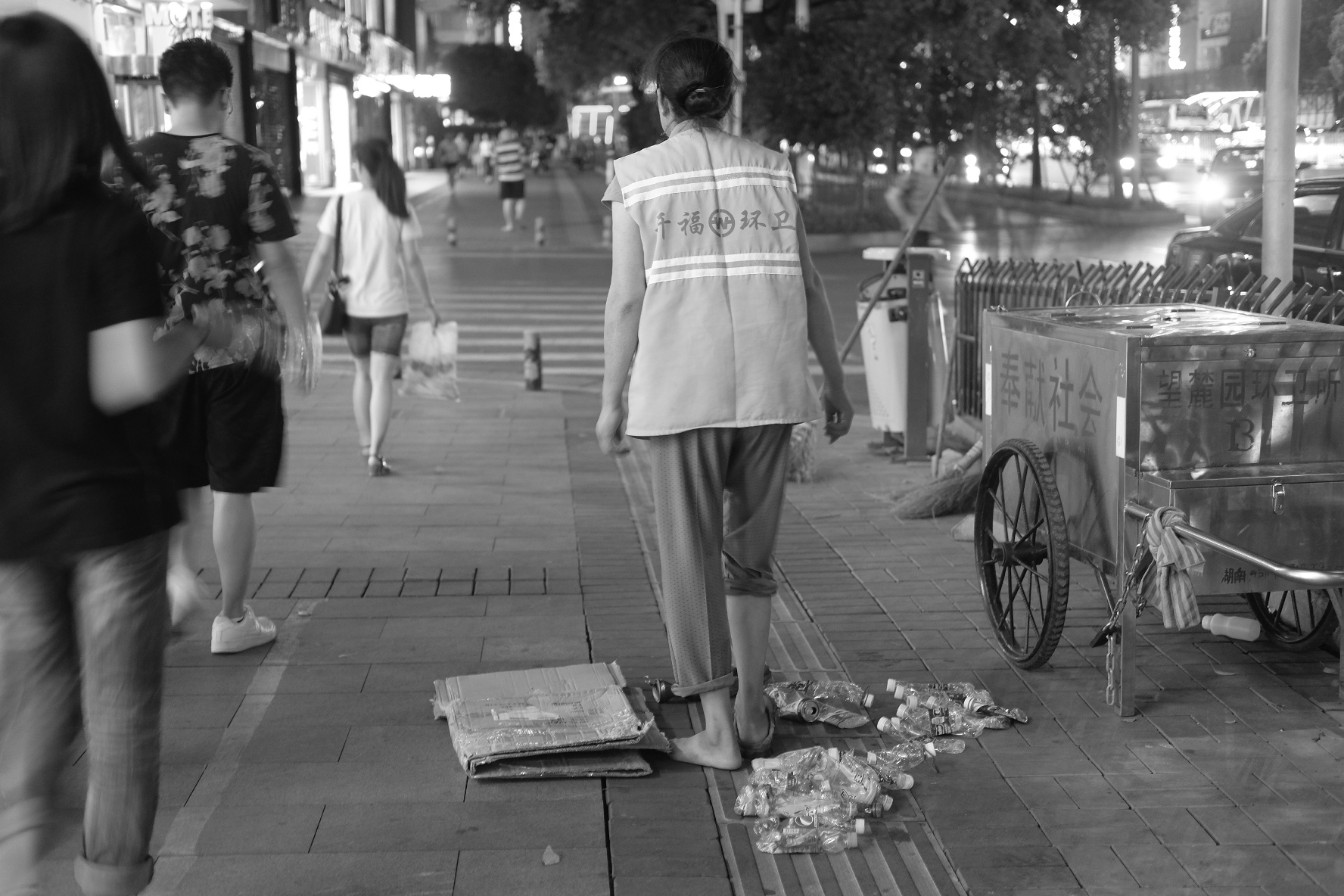
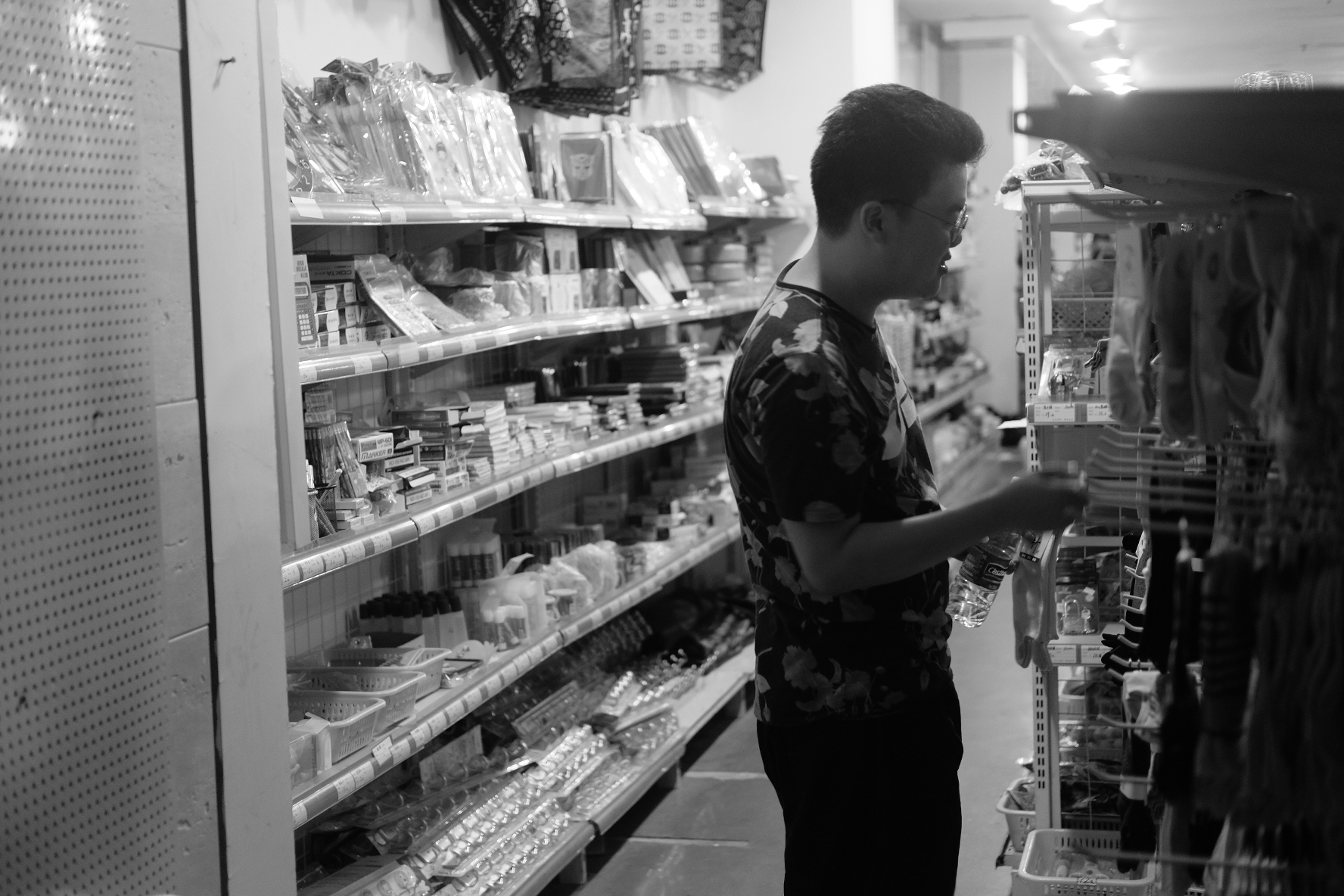
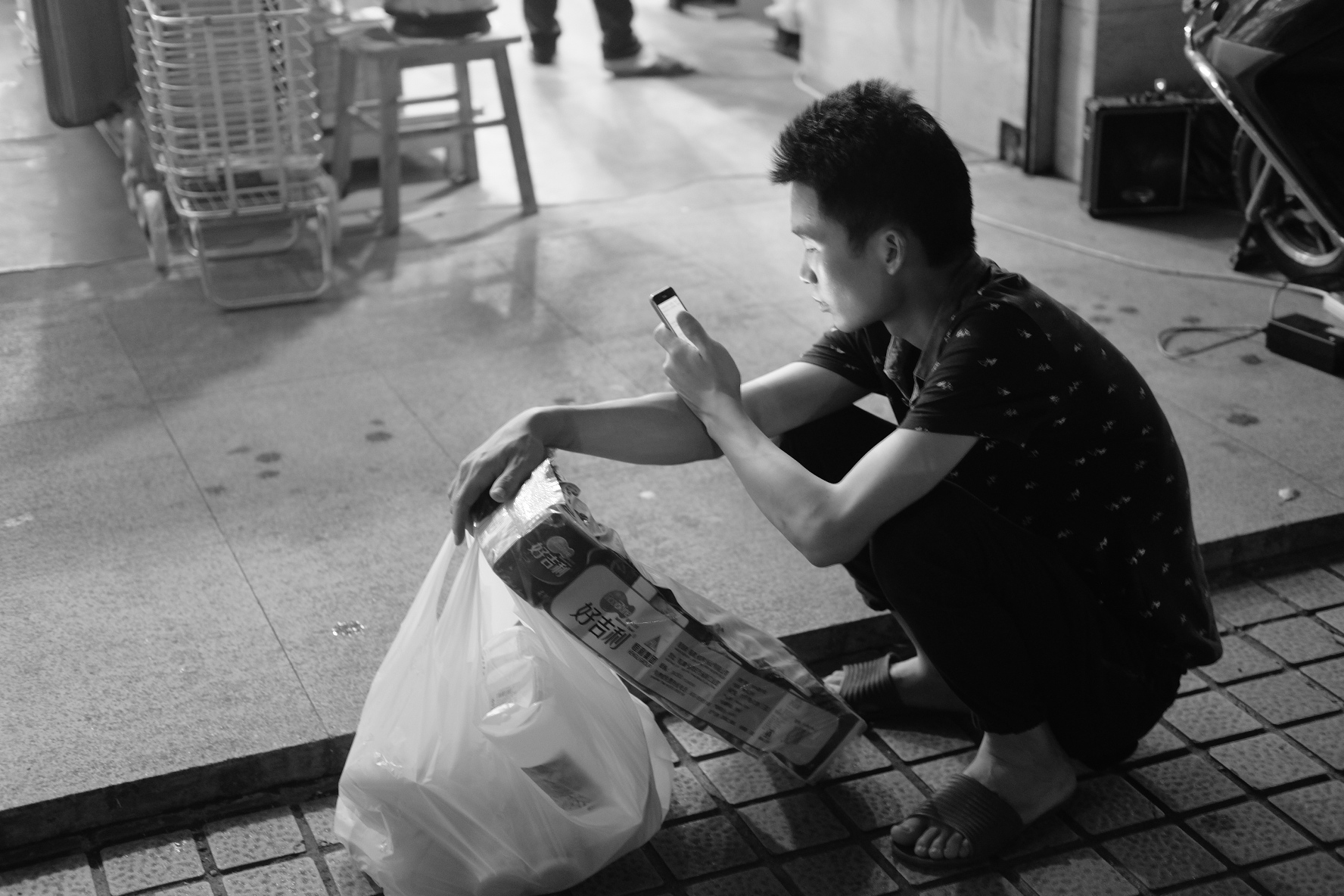
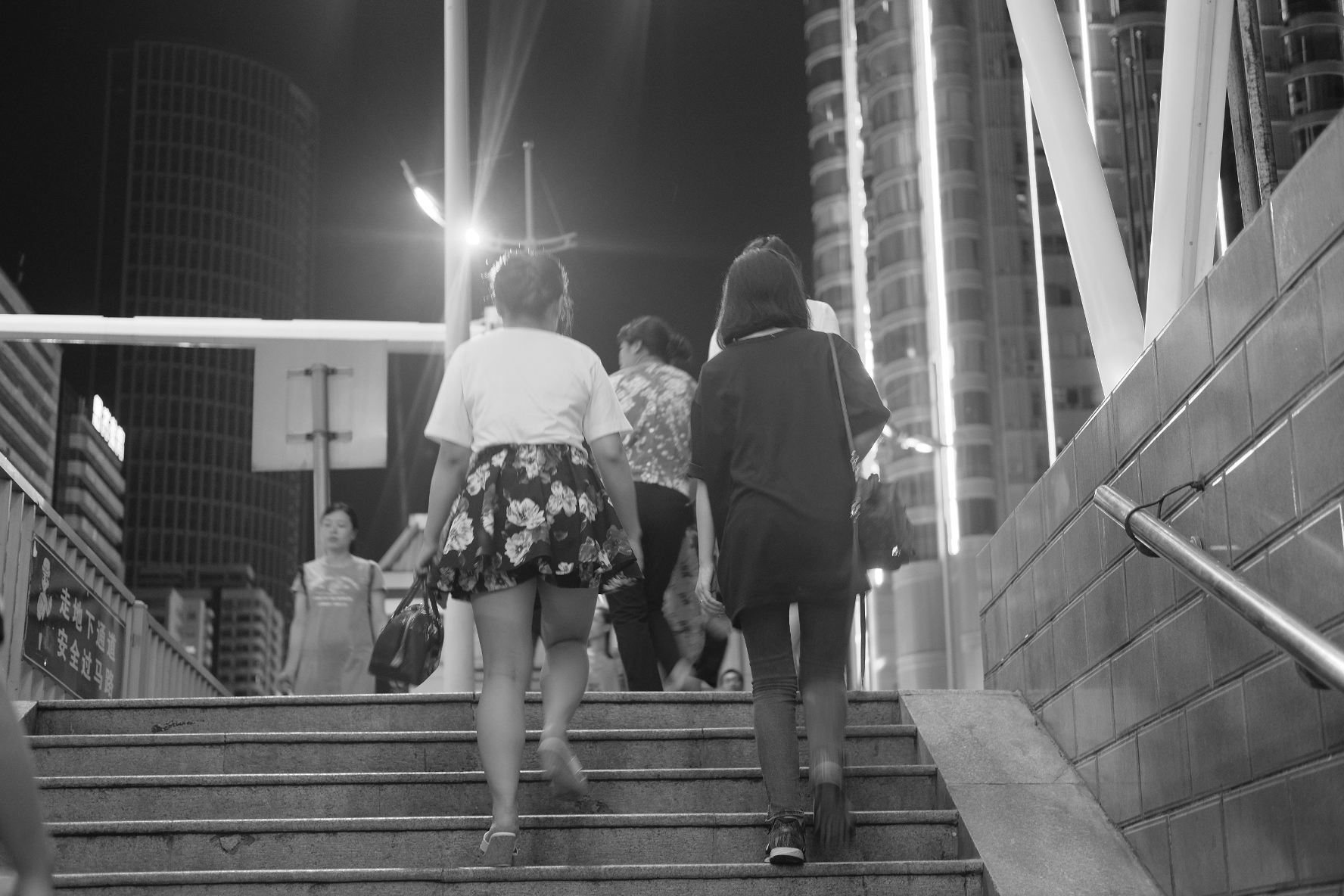
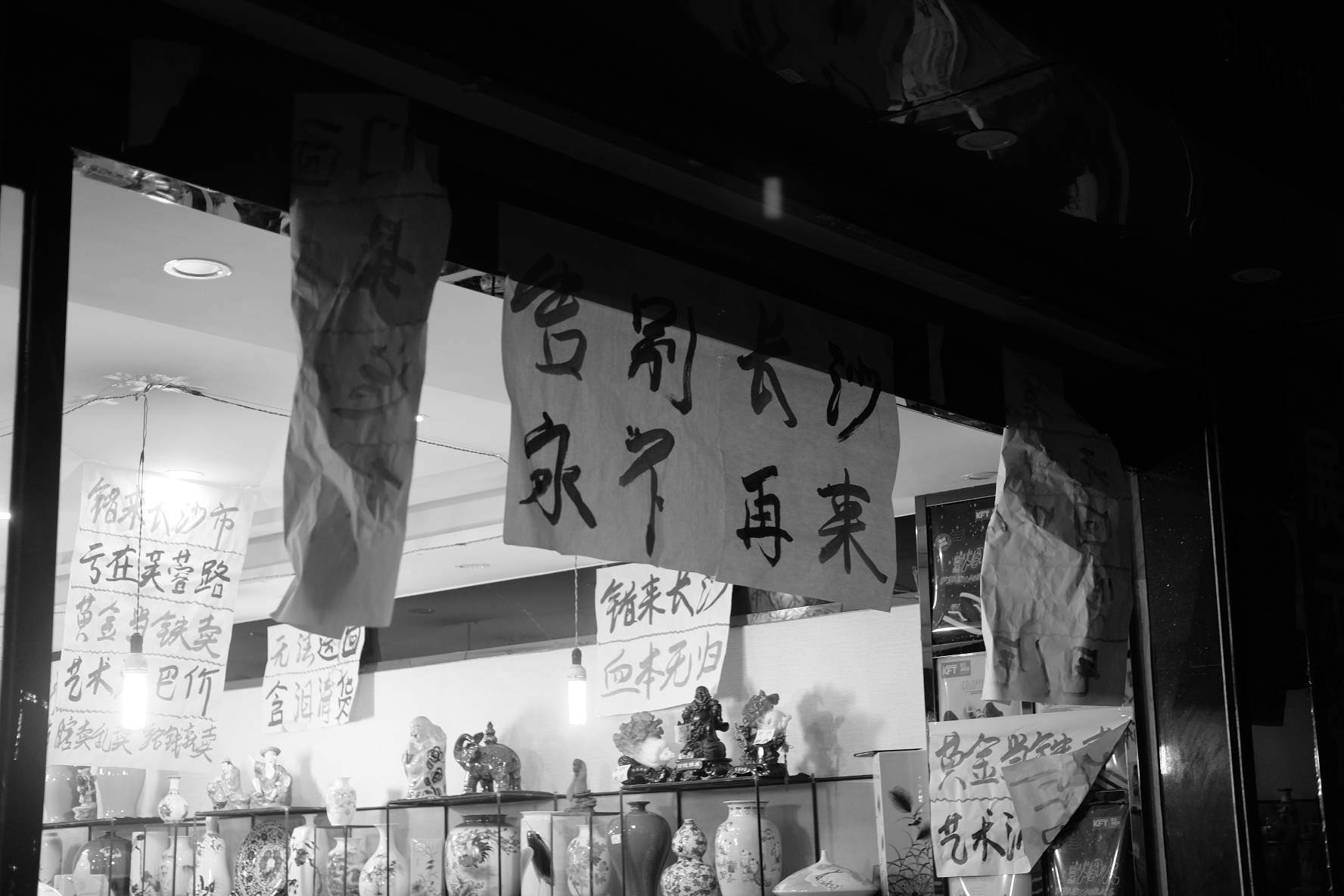
Last thing: this is a bit funny, farewell Changsha, never coming back
